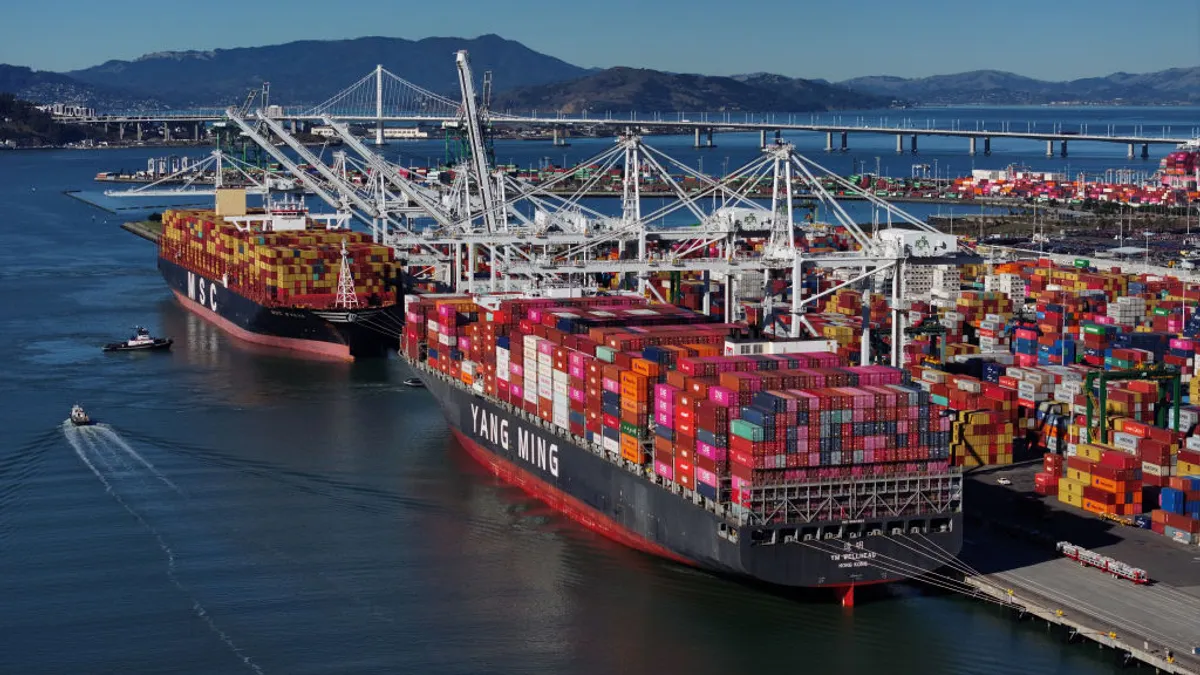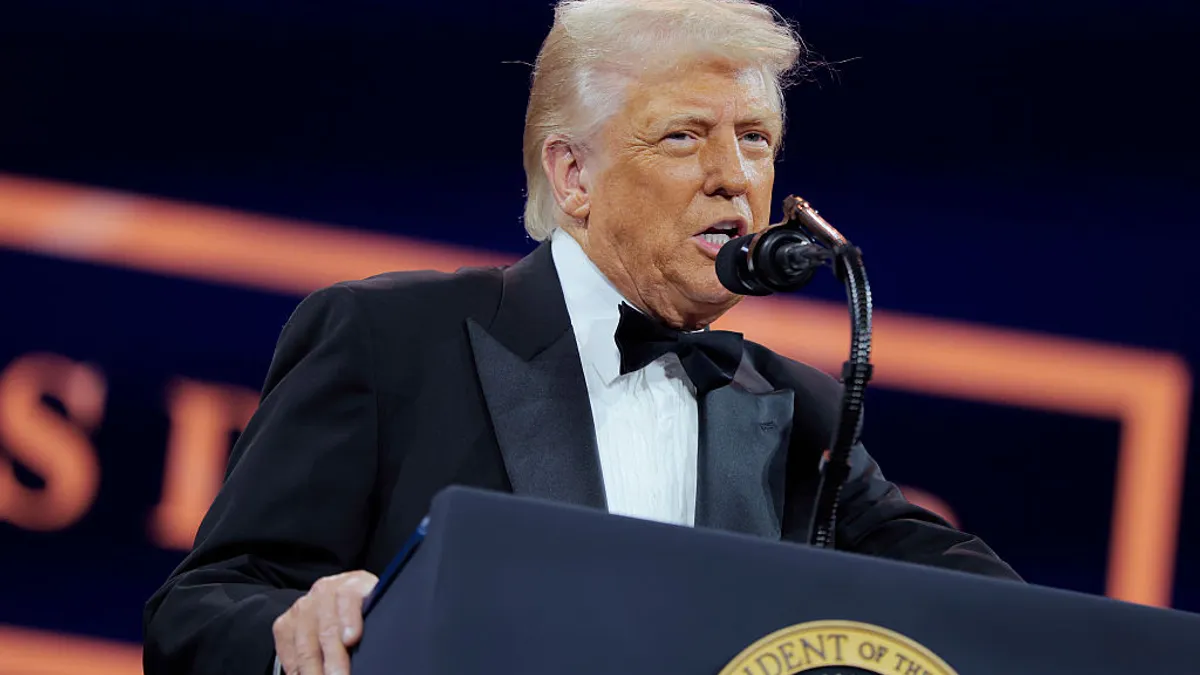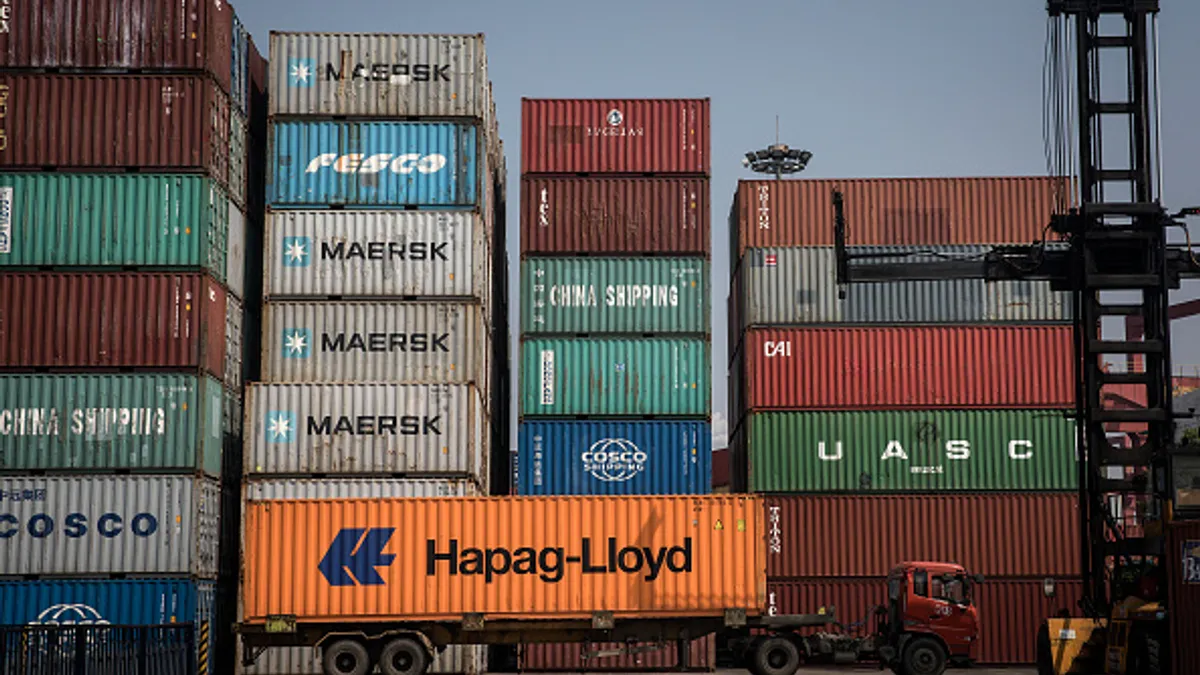Editor's Note: This article is part of a series
President Donald Trump wasted no time making his administration’s priorities clear upon his inauguration.
"From this day forward, a new vision will govern our land," he said, overlooking Washington, D.C. "From this day forward, it’s going to be only America first. Every decision on trade, on taxes, on immigration, on foreign affairs, will be made to benefit American workers and American families.
"We must protect our borders from the ravages of other countries making our products, stealing our companies, and destroying our jobs," he added. "Protection will lead to great prosperity and strength."
While the offered themes may seem promising, for the economist, President Trump’s rhetoric screams of uncertainty, as suggestion of protectionism marks a radical turn away from the United States’ decades-long embrace of free trade.
Since Trump's election, the world has watched anxiously as his economic team and House Republicans have pledged to renegotiate trade deals, apply a new import tax at the border and increase tariffs on economic competitors.
The outcome of these economic shifts are still uncertain, but any combination of these policies would point to a certainty that matters to this publication: supply chains will change drastically within Trump's world of trade.
As with any Presidential election, however, whether the new President will keep to his campaign promises often relies not on sheer willpower, but on the constitutional authority of the president's office as well as his relationship with Congress. The truth is, the Trump administration is quite limited in what trade policies it can implement unilaterally, and here is a quick rundown of what the President can and cannot do.
The President does not set tariffs, but can enforce them
When it comes to trade, the President has limited powers.
Article I of the Constitution states Congress, not the President, may "lay and collect Taxes, Duties, Imposts and Excises, to pay the Debts and provide for the common Defence and general Welfare of the United States," and "To regulate Commerce with foreign Nations, and among the several States, and with the Indian Tribes."
Meanwhile, Article II of the Constitution adds the President may "make Treaties, provided two thirds of the Senators present concur." In other words, the President may negotiate treaties with the approval of the Senate, but not regulate the import rates and tariffs that often accompany them.
Whether the new President will keep

Supply Chain Dive
However, despite this constitutional check – and because of ease of legislation and/or necessity – over time Congress has granted the President authority to set and negotiate tariff rates, provided legislatively-set conditions were met, according to a recent Congressional Research Service report.
These powers are niche, varied and legislation-specific, and therefore difficult to summarize, but effectively pare down to the enforcement of international treaties, states of national or economic emergency, or retaliatory actions.
In one example raised by the report, the President may impose sanctions upon holdings of foreign nationals during times of war, according to the Trading with the Enemy Act of 1917. Similarly, the International Emergency Economic Powers Act of 1977 permits the President to impose sanctions on foreign holdings during a state of emergency, although the Act requires Congressional consultation prior to their imposition. These two examples are but a few of the various pieces of legislation of which the President may take advantage, albeit they are two broader examples.
In other words, Trump’s toolkit on trade lies in existing legislation, treaties, and domestic policy — a fitting tactic for a President that seeks to put "America First."
SEE ALSO: How supply chains can prepare for Trump's world of trade
The President’s expedited deal-making powers
Article II of the Constitution adds the President may "make Treaties, provided two thirds of the Senators present concur."
Yet, without the power to set new tariffs, and without the certainty that a negotiated trade deal would be embraced by the Senate, trade deals would be even more difficult to complete and ratify.
As a result, "In the Trade Act of 1974, Congress provided for legislative implementation of international trade agreements under an expedited legislative procedure, now known as trade promotion authority," the Congressional Research Services report states. However, Congress "has not delegated to the President a general authority to modify tariff rates outside of the confines of particular trade agreements or the trade promotion authority framework."
Trump’s toolkit on trade lies in existing legislation, treaties, and domestic policy.

Supply Chain Dive
In one specific example, Congress approved the Trade Promotion Authority in 2015, which gave President Barack Obama the ability to set tariffs and other trade rules, powers typically reserved for Congress, during trade negotiations with other countries. However, the legislation also requires that the negotiated trade deals include specific conditions requiring consideration of the role of services in global value chains, protection of intellectual property rights and labor and environmental considerations, among others.
The Act was meant to help the U.S. sign the Trans-Pacific Partnership with other countries and limit Congress’ ability to amend the agreement by guaranteeing an up or down vote for ratification. Still in force until 2018, the new administration could use this law to complete bilateral negotiations with foreign countries and ensure his deals receive a similar fast-track treatment. However, the limiting conditions set by the Trade Promotion Authority still apply, and failure to meet these conditions could subject a new deal to full Congressional approval.
What all this means for current and future deals
In brief, the President may not unilaterally set tariffs unless specific circumstances in arcane legislation are met, but the President does have significant leeway on existing trade negotiations, new deals and most importantly, enforcement of old deals.
Therefore, there is no doubt that Trump could, if he wanted to, withdraw from the North American Free Trade Agreement (the agreement permits it), ramp up efforts to enforce existing trade deals where possible and use arcane laws to protect individual goods through “retaliatory” or emergency tariffs.
In addition, the President could work with Congress to install new tariffs at will — but this would go through an often-prolonged legislative process. One example of this method will likely be the upcoming border adjustment tax, which although part of the nation’s corporate tax reform, could affect the country’s import-export balance.
Trade wars, therefore, remain possible, but would have to be spurred (on the U.S. side) by Congressional action or significantly targeted enforcement mechanisms. In other words, trade policy is not unilateral — and where it is unilateral, it is rarely due to new rules of trade. Compliance, it seems, will be key in Trump’s world of trade.























